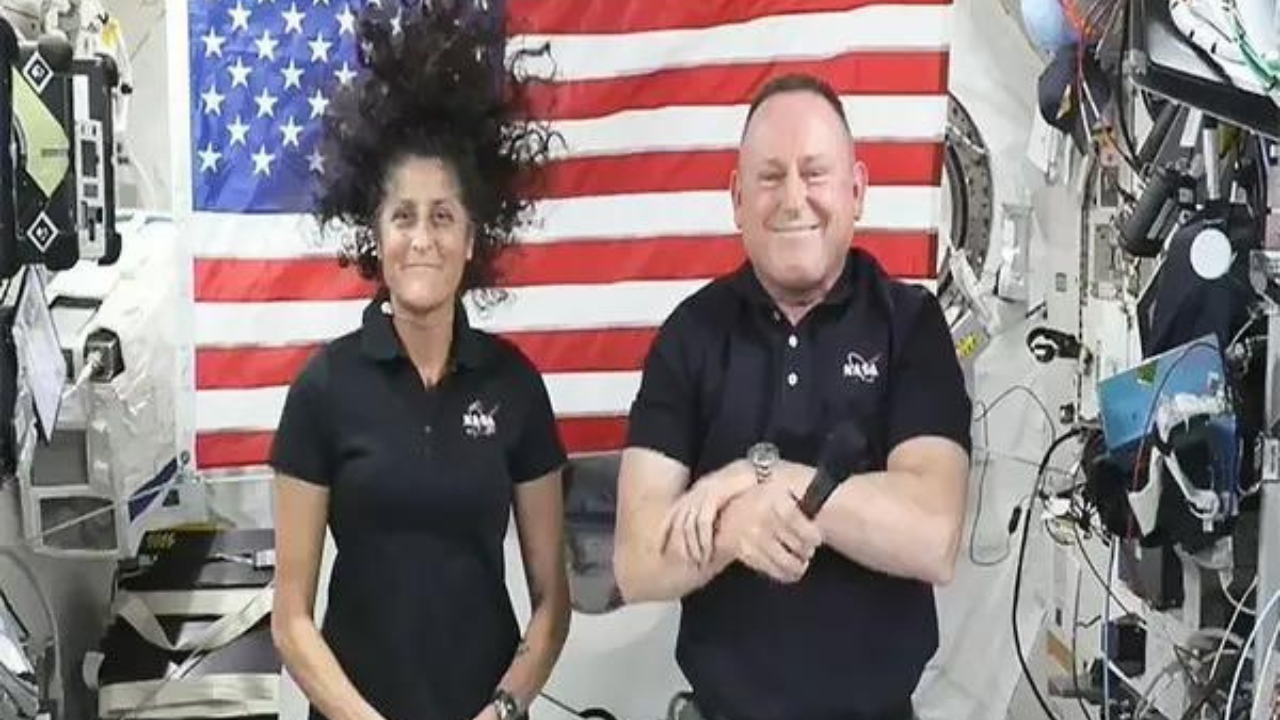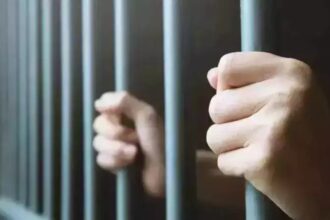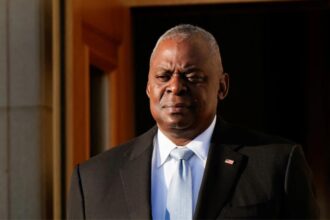Nasa announced on Wednesday that the decision on whether to keep astronauts Butch Wilmore and Sunita Williams at the International Space Station (ISS) remains unresolved, with a possible extension “until early next year,” according to an Associated Press report.
Instead of returning to Earth aboard Boeing’s troubled Starliner capsule, Wilmore and Williams might hitch a ride on SpaceX’s next mission, extending their stay until February 2025.Nasa is collaborating with SpaceX to plan the astronauts’ return if the Boeing spacecraft is deemed unfit for their journey.
The astronauts, who initially expected to be away for just a week, launched in early June from Cape Canaveral Space Force Station in Florida. They were the first crew aboard Boeing’s Starliner. However, several setbacks occurred during the mission, including thruster malfunctions and helium leaks. Recently, astronauts have been conducting additional tests in space to address these issues—tasks that could not be carried out on Earth.
Nasa officials are currently reviewing more data before making a decision, which is expected by the end of next week or the beginning of the following week.
“We’ve got time available before we bring Starliner home and we want to use that time wisely,” said Ken Bowersox, Nasa’s space operations mission chief.
Russ DeLoach, Nasa’s safety chief, added, “We don’t have enough insight and data to make some sort of simple, black-and-white calculation.”
If the decision is made to switch to SpaceX, it would mean displacing two of the four astronauts currently scheduled for the next ferry flight, planned for late September. Once that six-month mission concludes, Wilmore and Williams would occupy the vacant seats in SpaceX’s Dragon capsule.
Another complication is that the space station has only two docking spots available for US capsules. Boeing’s capsule must depart before SpaceX’s Dragon arrives to clear one of the spots.
Boeing insists that Starliner is still capable of safely returning the astronauts to Earth. Earlier this month, the company released a list detailing the thruster tests conducted in space and on the ground since the launch.
Nasa prefers to keep SpaceX’s current crew aboard the space station until their replacements arrive unless an emergency arises. Originally set to return to Earth this month, the crew’s mission was extended by a seventh month due to the uncertainty surrounding Starliner, keeping them at the station until the end of September. Typically, space station missions last six months, though some have extended to a full year.
Wilmore and Williams, both retired Navy captains, have previously spent months on the space station. Upon their arrival, they quickly adapted to station duties, assisting with experiments and repairs.
Instead of returning to Earth aboard Boeing’s troubled Starliner capsule, Wilmore and Williams might hitch a ride on SpaceX’s next mission, extending their stay until February 2025.Nasa is collaborating with SpaceX to plan the astronauts’ return if the Boeing spacecraft is deemed unfit for their journey.
The astronauts, who initially expected to be away for just a week, launched in early June from Cape Canaveral Space Force Station in Florida. They were the first crew aboard Boeing’s Starliner. However, several setbacks occurred during the mission, including thruster malfunctions and helium leaks. Recently, astronauts have been conducting additional tests in space to address these issues—tasks that could not be carried out on Earth.
Nasa officials are currently reviewing more data before making a decision, which is expected by the end of next week or the beginning of the following week.
“We’ve got time available before we bring Starliner home and we want to use that time wisely,” said Ken Bowersox, Nasa’s space operations mission chief.
Russ DeLoach, Nasa’s safety chief, added, “We don’t have enough insight and data to make some sort of simple, black-and-white calculation.”
If the decision is made to switch to SpaceX, it would mean displacing two of the four astronauts currently scheduled for the next ferry flight, planned for late September. Once that six-month mission concludes, Wilmore and Williams would occupy the vacant seats in SpaceX’s Dragon capsule.
Another complication is that the space station has only two docking spots available for US capsules. Boeing’s capsule must depart before SpaceX’s Dragon arrives to clear one of the spots.
Boeing insists that Starliner is still capable of safely returning the astronauts to Earth. Earlier this month, the company released a list detailing the thruster tests conducted in space and on the ground since the launch.
Nasa prefers to keep SpaceX’s current crew aboard the space station until their replacements arrive unless an emergency arises. Originally set to return to Earth this month, the crew’s mission was extended by a seventh month due to the uncertainty surrounding Starliner, keeping them at the station until the end of September. Typically, space station missions last six months, though some have extended to a full year.
Wilmore and Williams, both retired Navy captains, have previously spent months on the space station. Upon their arrival, they quickly adapted to station duties, assisting with experiments and repairs.
Source : Times of India









